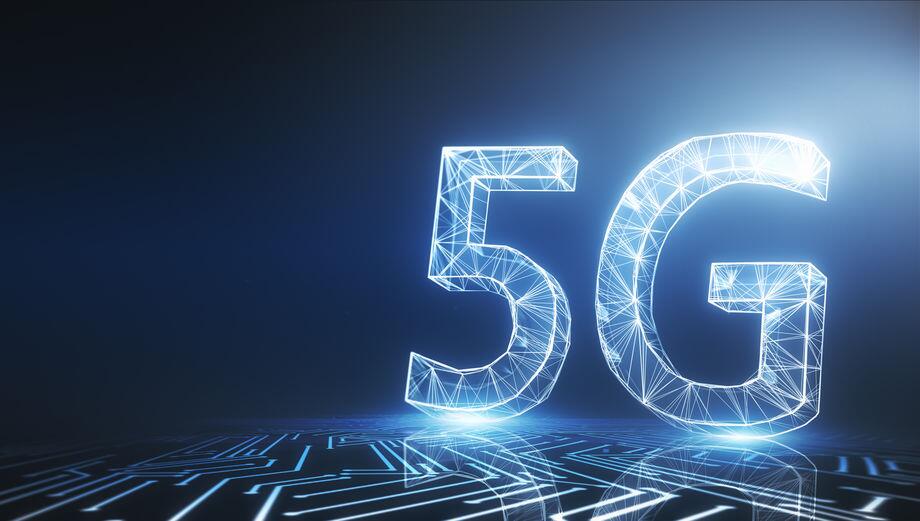In line with Bahrain government commitment to accelerate the kingdom digitization and introduce the latest technologies to the people of Bahrain, Huawei, a leading global provider of information and communications technology (ICT) infrastructure and smart devices, will implement its new “1+1 antenna modernization” concept and solutions to accelerate the roll out of commercial 5G networks in Bahrain.
With the challenge of increasing revenues and making a progress in digital operations & maintenance, telecom operators in the kingdom are keen to introduce new 5G solutions that will help capitalize the infrastructure to expand the latest technology services provided to users. The arrival of 5G will present a new opportunity for comprehensive strategy deployment. 5G technology will increase network capacity and enable seamless coverage and ultra-low latency that many new mobile applications require. As one key element in mobile networks, antennas will need to receive and transmit on more frequency bands than ever.
Current antenna systems will not support 5G, but cell tower space is limited and lease costs are high. This means that it would be very hard to simply add on new 5G antennas. Huawei developed “1+1 antenna modernization” concept to address these problems. The proposal involves dual antennas: one passive antenna for all sub-3 GHz frequency bands, and an active antenna for C band and mmWave. This arrangement will enable carriers to upgrade their antenna networks to 5G readiness in a single step, eliminating the need for duplicated investment or multiple antenna upgrades.
Shui Yu, Vice President of Huawei Bahrain Subnet Solution, said: “Huawei’s antenna solution helps operators consolidate the number of 2G, 3G, and 4G antennas, paving the way for large-scale 5G deployment. At the same time, the antenna reconstruction greatly improves the aesthetics of the tower antenna and reduces the visual pollution. Multiple operators can share towers, poles, and even antennas to maximize resource utilization, reduce the cost of sharing rent, and optimize the civil engineering cost.”
John Lu Yuedong, CEO of Huawei Bahrain, added, “5G will open up a world of economic opportunities, giving rise to new industries and revitalizing old ones. The successful deployment of 5G will require close cooperation between vendors, carriers, government, and enterprises, and Huawei is committed to building a unified 5G ecosystem in the region in order to position Bahrain as a leader in the global race for 5G. This innovative antenna is a step forward in enabling Bahraini operators to accelerate the arrival of 5G networks and bring digital to every home, person and organization for a fully connected, intelligent world.”
Huawei’s “1+1 antenna modernization” concept, first announced at Mobile World Congress 2018 in Barcelona, will solidify Bahrain’s position as a frontrunner in 5G deployment in the MENA region. Earlier this year, Bahrain’s Telecom Regulatory Authority (TRA) established a 5G frequencies working group to discuss the required spectrum for implementing 5G networks in the Kingdom. This was followed by a June announcement that VIVA Bahrain had successfully launched the Kingdom’s first live and public 5G network demonstration at Manama’s City Centre Central Galleria. Huawei’s new antenna will further enable operators to build 5G infrastructure quickly and cost-effectively, accelerating the commercial deployment of 5G networks.
Huawei has been a leader in 5G R&D globally. Huawei was the first to unveil a full range of end-to-end (E2E) 3GPP-compliant 5G product solutions at MWC in February 2018. The release covered the core network, the bearer network, base station, and terminals. The featured products are the only available options within the industry to provide 5G E2E capabilities. Huawei also launched the 5G customer-premises equipment (CPE), the world’s first commercial terminal device supporting the globally recognized 3GPP telecommunication standard for 5G. To ensure peak performance from its 5G CPE, Huawei uses its self-developed Balong 5G01 chipset – the world’s first commercial chipset supporting the 3GPP standard for 5G. The company began preliminary 5G research in 2009 and has been innovating and investing in it since then. Huawei will commit a minimum of US$600 million to 5G research and innovation by 2018.




